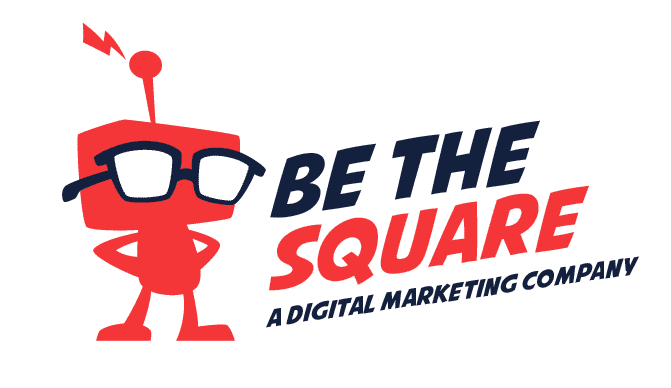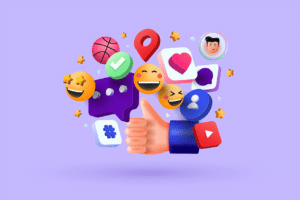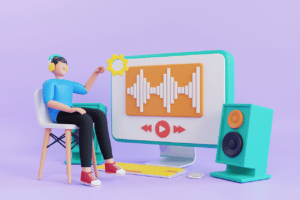It’s been a tough few years. From political upheaval, economic uncertainty and technological disruption, it’s hard to believe that we’re still here. But here we are! And while the next few years may not be any less tumultuous than today, they will probably bring with them some new design trends that could make your business website more effective than ever before. In this post, I’ll explore 10 trends that are likely to dominate web design for years to come.
READ: How Your Website Structure Could Be Affecting Your SEO!
Website Design Trends Dominating 2022 – Let’s Go!
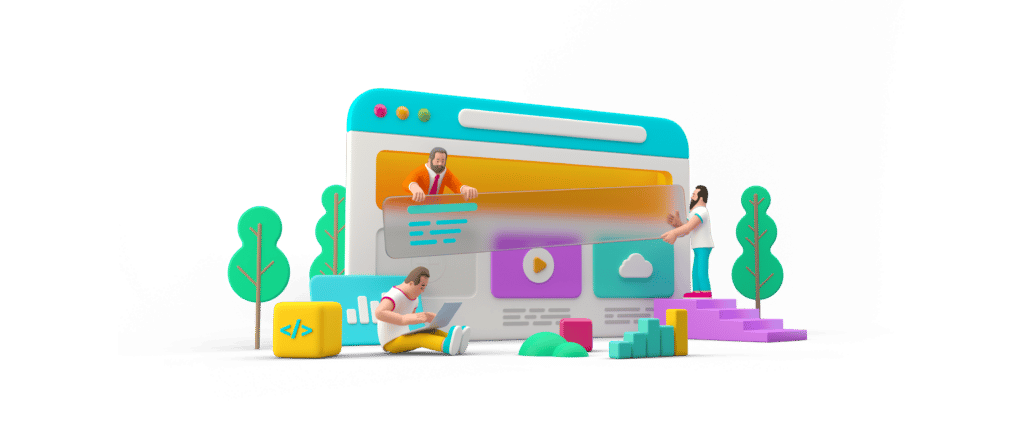
1) Minimalism
The first trend we’re going to cover is minimalism.
If you’re not familiar with the word, it’s a design style characterized by using simple lines and shapes. In this case, it means keeping things clean and simple by removing everything that isn’t necessary for your users. This includes:
- White space (the area around text and images on a page)
- Typography (the way fonts are used)
- Icons (small images used in place of words or phrases)
- Color scheme
Minimalist websites tend to focus on the content they have rather than adding unnecessary bells and whistles like animations or background music. Minimalism is also known for its lack of color—it uses very few colors but makes them stand out by contrasting them against backgrounds that are mostly white or gray tones.
2) Vibrant Colors
What is a website without vivid color? Bright, bold colors draw attention to important elements on the page and create visual hierarchy.
Additionally, the right color scheme can create a mood or even create a theme for your website. Not sure what tone you want to set? Think about your brand and how it fits into the larger landscape of design trends.
If your brand is trendy and contemporary, go with a bright color scheme. If you have a more classic style, opt for softer tones. To get inspiration, browse through collections of color palettes from websites like Behance or Pinterest.
3) Meaningful Motion
Awe-inspiring motion can be an incredible tool for creating a sense of ease and relaxation. It can also be used to highlight important information, draw attention to the most important elements on a page or in an app, and create a fun, joyful experience for visitors.
The best way to understand how you can use meaningful motion in your designs is by looking at examples of it in action. Here are some examples:
- A simple scrolling experience that guides users through the content and highlights important bits of information along the way.
- An app that uses a playful transition between screens to highlight where users are in relation to their goal and make it easy for them to get back on track if they lose focus.
4) Split Screen Layouts
Split screen layouts are a great way to show two things at once. You can use it for product comparisons, or to show how two things relate to each other.
For example, if you have a recipe app and want people to be able to scroll through the ingredients on the left of their screen while they read about them on the right, split screen can accomplish that easily! You can also use it to show a before and after view, or two different versions of something that changes depending on your actions. For example, if you have an app with a calculator in it, this could be used as a way for users to see what their calculations look like before they submit them.
It’s also useful for showing progress bars for long tasks like cooking or uploading files. Split screen layouts are also a great way to show how two things relate to each other. For example, you could use it in an app like Google Maps to show a map on the left and directions on the right.
5) Asymmetry & Broken Grid Layouts
Asymmetry is a design style that breaks the grid by placing elements at unconventional places on the page, while broken grid layouts are different from asymmetric ones in that they’re more rigid and uniform.
Asymmetric designs have been around for years, but they’ve recently been gaining popularity again, thanks to the rise of mobile devices—which means more and more people are consuming content on their smartphones! And since we all know how much easier it is to read content on a smaller screen when it’s not crammed into one big column (especially if you’re using glasses), asymmetrical websites give us what we need: more space for text as well as images.
This also helps with advertising. With more space available for ads and product placements within your layout, there’s less chance of them being overlooked by readers who may be distracted by other things going on in their environment.
READ: How To Design A Website? 10 Tips On Effective Website Design
6) Brutalism / Raw Design
Brutalism is a word that has been thrown around a lot recently in the design world, and it’s become synonymous with raw concrete, exposed brick, and unfinished wood. As the name suggests, this style is a reaction against the glossy perfection of modernism—it calls back to the industrial age when materials were used in their natural state.
This isn’t to say that brutalism is all about rough-hewn textures and jagged edges: its aesthetic can also be characterized by large amounts of negative space (think lots of white on your website) and hard right angles. It can even take on an elegant vibe if you choose not to include any color at all!
Brutalist websites are usually monochromatic or have very limited palettes that rely heavily on blacks and grays; they often have large amounts of empty space with minimal text copy to fill it up. They’re also often gritty-looking from an aesthetic perspective—think lots of shadows or gradients that mimic something like concrete or stone.
7) Rich Black
Rich black is a color scheme that uses a dark but not pure black. This makes it high contrast, so it can be used on many different types of text and backgrounds. It’s also great for borders, as it gives them an extra punch that separates them from their surroundings.
The best part about this color scheme? It’s easy! You don’t need to spend hours creating a custom palette or finding the perfect shades to use; just stick with the classic rich blacks (white, black and gray), adjust the opacity until you get something you like, then apply it all over your site.
Black is a powerful color that’s associated with strength, authority and elegance. It can be used to create a bold statement or high contrast effect that makes text stand out against its background. The downside? It can be too harsh for some sites and doesn’t always work well with white text on black backgrounds (you’ll need some custom CSS for that).
8) Illustration & Custom Images, Not Stock Photos
One of the best ways to make your website stand out is by using custom images, rather than stock photos.
Custom images are more engaging and memorable because they’re relevant to your audience, and they can help build trust with your visitors. When you use custom images, it’s easier for people who visit your website to connect with what you have to say because they feel like you’re talking directly to them instead of going through a middleman (like a stock photo). Stock photos are generally generic in nature–there’s nothing wrong with that–but they don’t convey much personality or style.
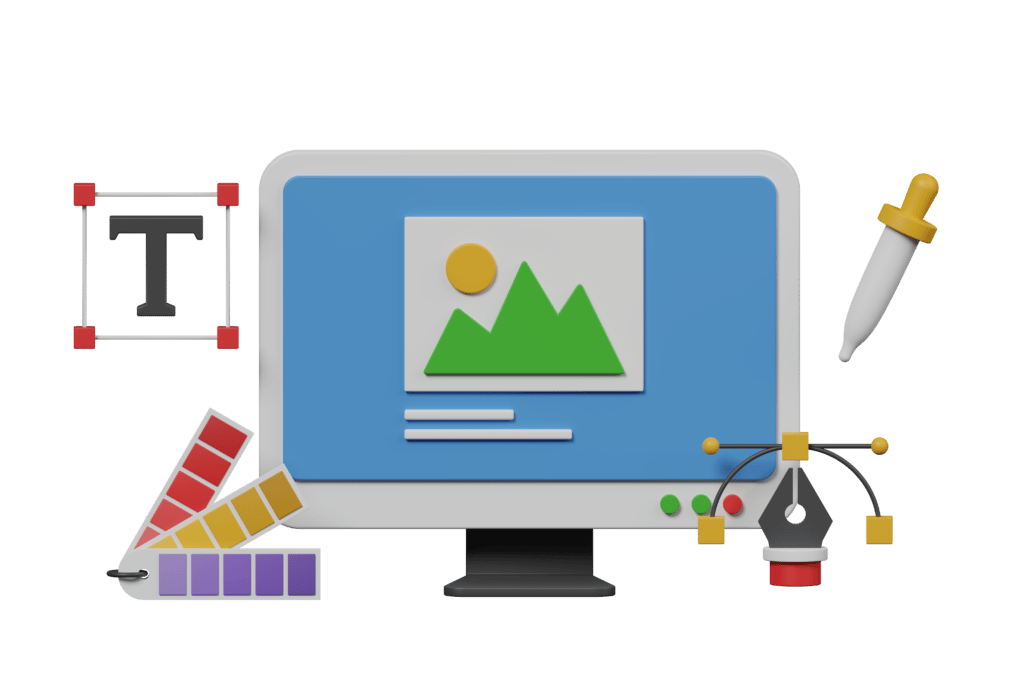
Stock photos generally don’t tell a story, and they don’t connect with your audience on an emotional level. Custom images do both of these things, and they’re a great way to make your website more engaging and memorable.
Illustrations are another option, and they’re a great way to add some personality to your website. They can be used as backgrounds or overlays in place of stock photos, which helps you stand out from the crowd. If you’re looking for a way to stand out from the crowd and make your website more memorable, then custom illustrations are a great option. They can be used as backgrounds or overlays in place of stock photos, which helps you connect with your audience on an emotional level.
9) Geometric Shapes & Polygonal Patterns
Geometric shapes and polygonal patterns are one of the most common trends in web design. The geometric shapes that we see today are a nod to mid-century modernism, but they also have roots in ancient Egypt, Greece, and Rome.
A few examples of geometric shapes you might use include circles, triangles, squares, rectangles and hexagons (hexagons are very popular). Polygonal patterns can be created by placing these elements together on your website or website template. These two elements combined create a sense of order without feeling too rigid or sterile – something that’s great for businesses who want to convey professionalism while still being accessible to customers who may not be familiar with all the ins-and-outs of high-end design trends.
Benefits Of Using Geometric Shapes & Polygonal Patterns In Web Design:
- Aesthetics – Because it tends to feel more modern than other styles of design like flat designs do; this is especially true if you’re looking at more retro designs that come off as almost vintage looking which is why so many people love them so much!
- They’re highly versatile – Whether you’re looking for something that’s bold and simple, or something that has more detail and depth; geometric patterns can be used to create a wide range of different styles.
- They’re easy to use – Geometric shapes are very basic and straightforward which means they don’t take much skill or effort to put together!
- Geometric shapes and polygonal patterns are also very easy on the eyes, which makes them great for users who spend a lot of time online. They’re not as distracting as other types of design like flat designs can be sometimes.
10) User Generated Content in Web Design
User generated content (UGC) is content that users create or add themselves to a website. This can be anything from photos to videos, or even reviews and ratings. The main benefit of UGC for a website owner is that it makes their site more personal and engaging, which in turn creates a better user experience. The users are also more invested in the site as they feel like they are part of something bigger than just being another user on some random company’s website.
In terms of how you should use UGC on your site, there are many options available:
- You could ask customers to submit high-resolution images they’ve taken at one of your events so you can use them as stock photography on your website
- You could ask users to submit their own photos of your products for use on your site.
- You could also ask users to write reviews of your products or services if they’ve had a positive experience with them.UGC is a very powerful tool that can be used to create an authentic brand identity and provide valuable information for your customers. It is important to note, however, that it is not always necessary or even advisable to use UGC on your website.
Conclusion
We hope you’ve enjoyed reading about the top 10 trends that are dominating web design in 2022. It is always exciting to see new trends emerge, and we can’t wait to see what else these designers have up their sleeves!
What do you think about these trends? Do any of them stand out to you as interesting? Let us know in the comments below! We also love talking online strategy! Call or contact us directly on 833-277-8273 or hello@jmunday_vtyogjw5
